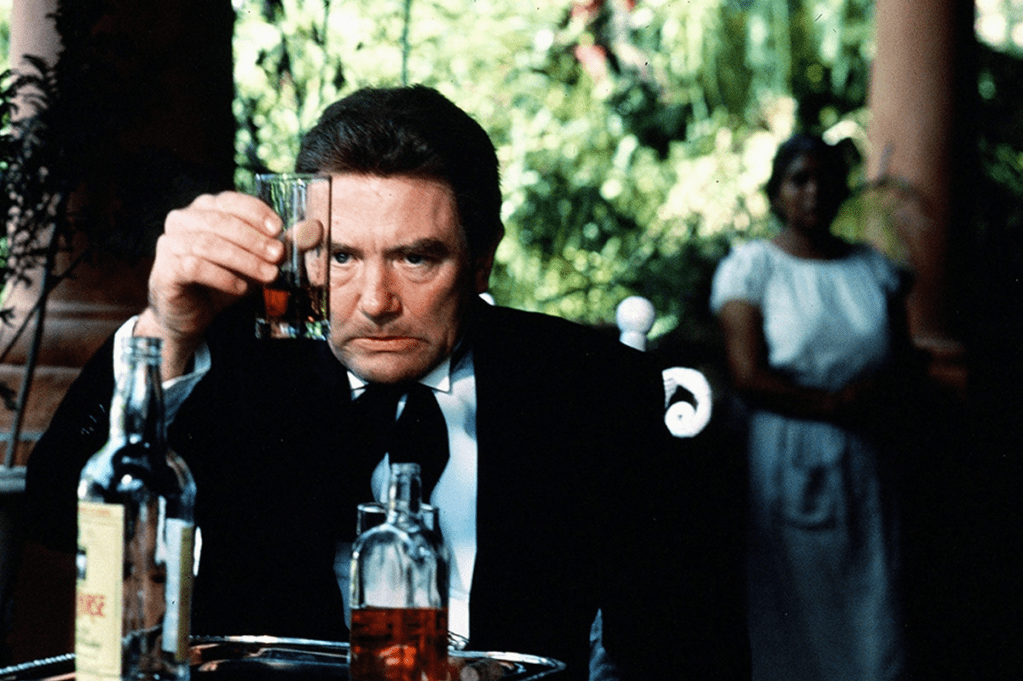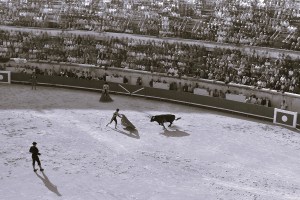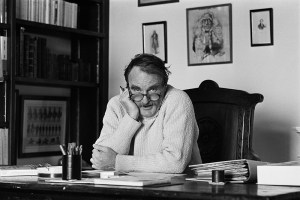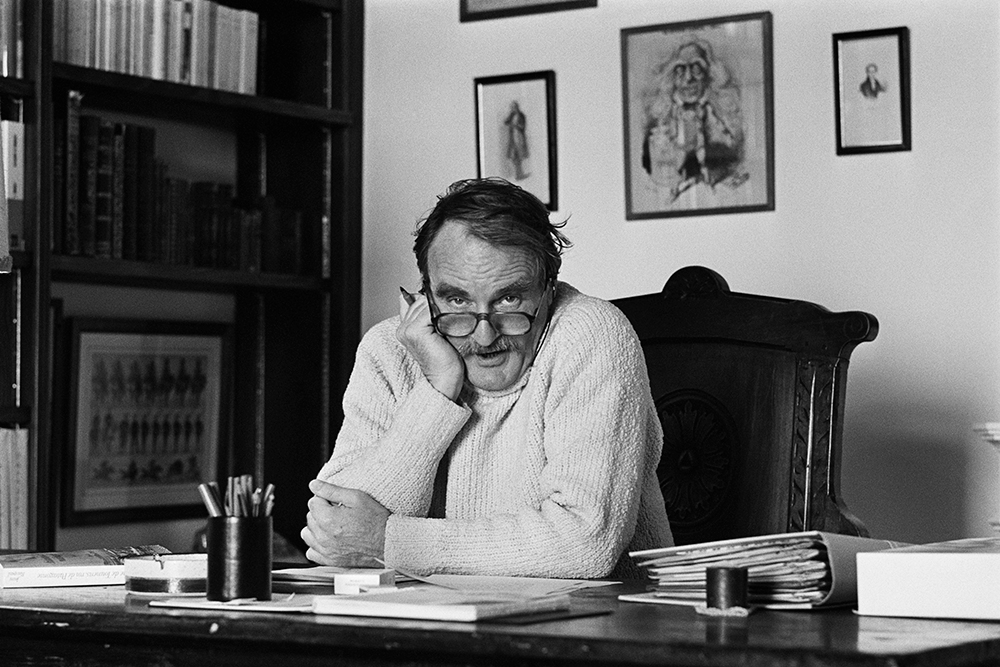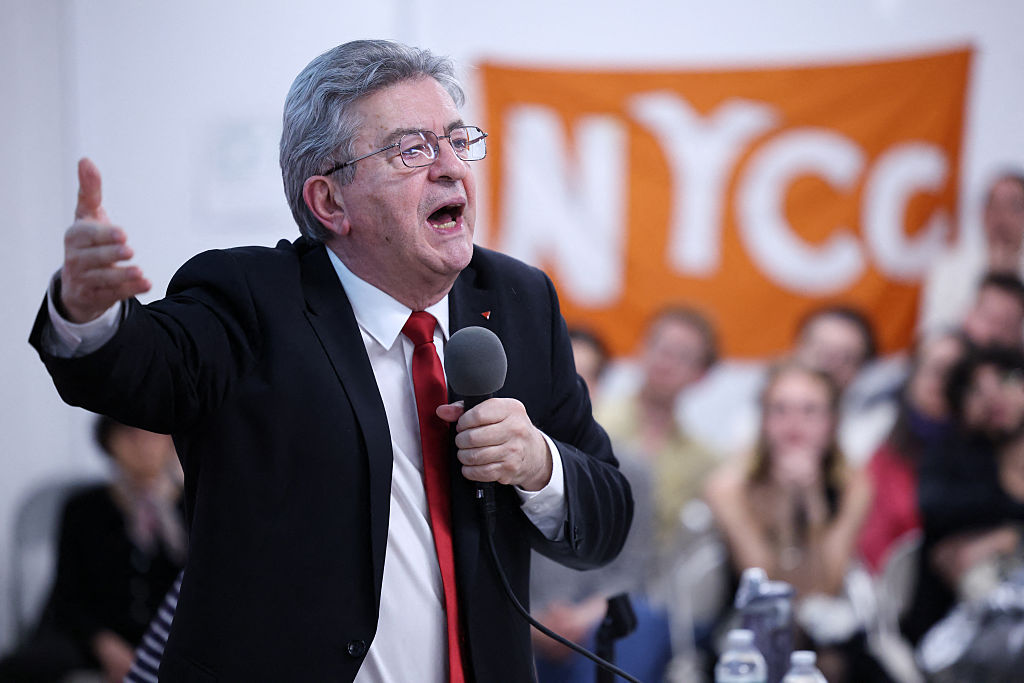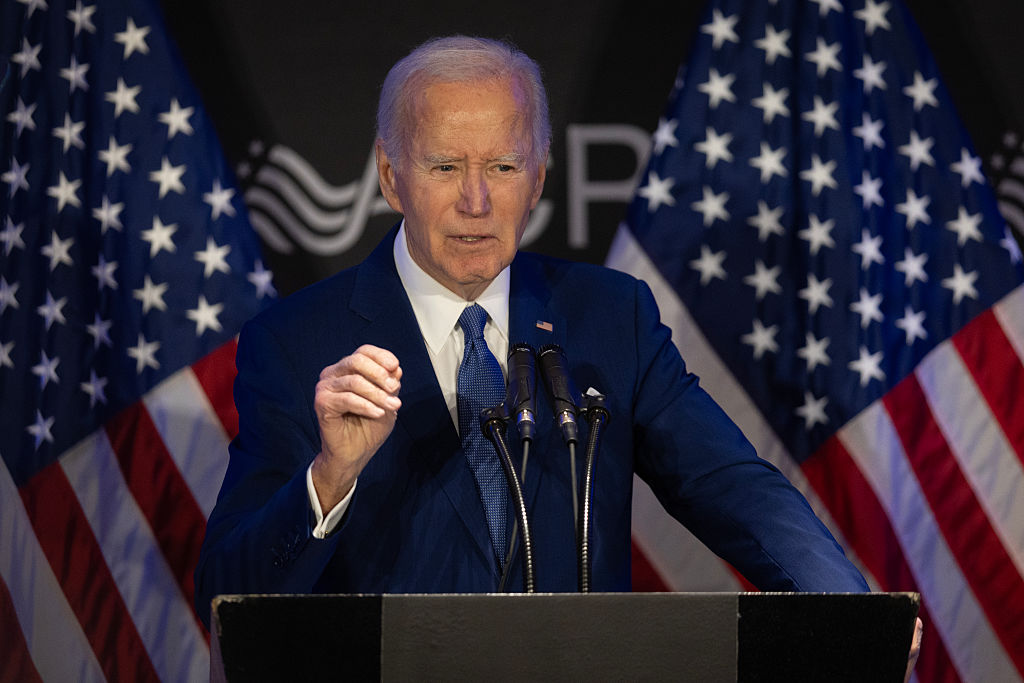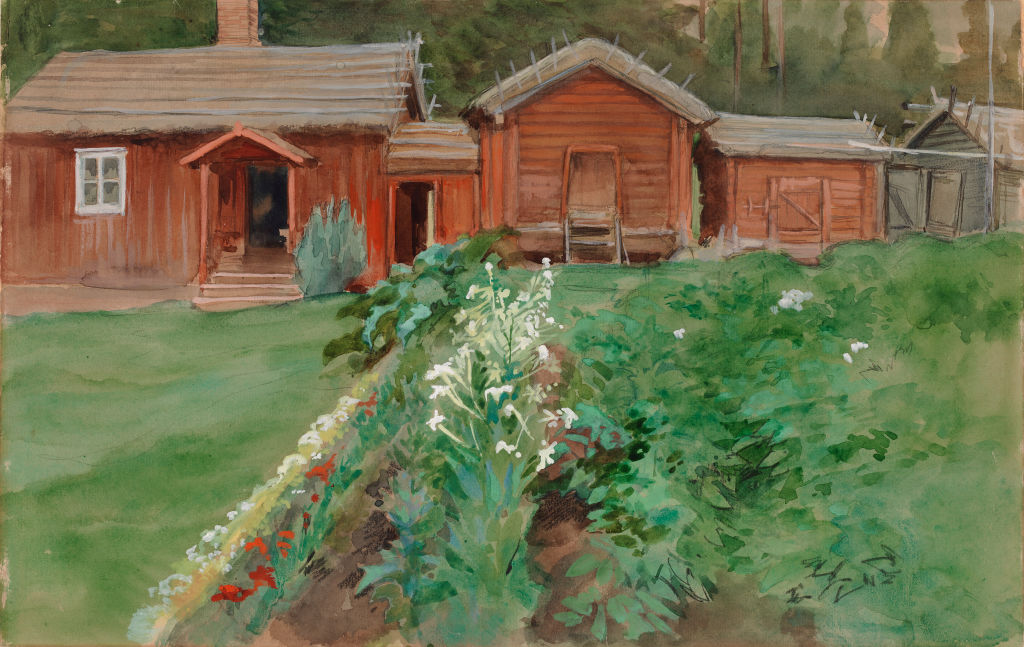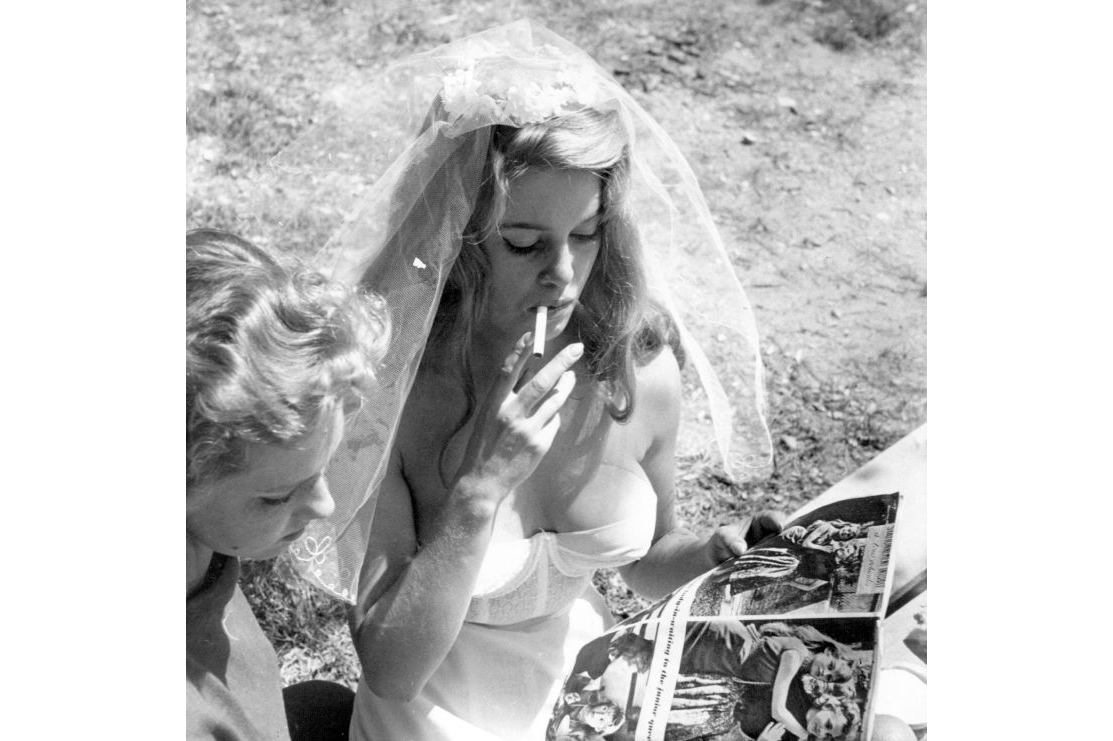On the last day of my grandsons’ week-long visit, Saturday, I was struck by bone pain of an unsurmized ferocity. I reeled around the cave swearing with incredulity. Shoulders, shoulder blade, ribs, the right arm more or less useless. The day before I had looked in the mirror and found a mass on my neck I hadn’t noticed before, hard to the touch yet tender. Yes, by all means bring it down to Marseille, said the oncologist via email, and I’ll have a look at it. And while I’m at it, I’ll prescribe a stronger morphine dose. How about Monday afternoon?
Up till then I was on forty milligrams of slow, long-acting morphine twice a day plus a reserve of fast-acting morphine for emergencies. For some reason the village pharmacy is tightfisted with the long-acting morphine capsules yet fantastically generous with these quick-acting ones, of which I have such an abundance that I gave them out last year as Christmas presents. “Well, you never know,” I told the recipients.
I don’t know whether the pain got worse or the morphine lost its efficacy. From the beginning I have always understood that I might need to take more and more morphine to achieve the same result. Nevertheless I was a bit put out to find myself experiencing the cancer pain in full, unedited. As a last resort, the red emergency morphine pills turned down the blowtorch somewhat, but there was a price to pay, which was a Mr. Bean-in-church level of drowsiness.
“And what is the maximum morphine dose?” I asked the oncologist when I saw him on the Monday in spring-like Marseille. “There isn’t one,” he said. “One hundred, two hundred milligrams twice a day is not unusual. I’ve known patients inject themselves once an hour.” He took his prescribing pad and wrote a new script for fifty milligrams of long-acting morphine twice a day — a small increase of 10mg. The swelling on my neck was a cancerous lymph node, he said. Nothing new or surprising, however. Last year a scan had identified and measured it at six millimeters. Now it was — what? Three centimeters? Dr. Deville wondered why I hadn’t noticed it before now. I told him that my love affair with the bathroom mirror ended years ago.
My disease, then, has entered a more visible, more painful stage. However, I mustn’t grumble. Last Christmas I wanted to live long enough to see my grandsons in February. That was the ambition. And the wish was granted. They’d come, the dear chaps, and I’d cuddled them half to death. My body had lasted out. I’d even slung over a few crosses on the village astroturf. Only on their last day was I indisposed by the startling new pain.
And now the chaps have gone again. Catriona flew with them back to England, then went to stay for a few days with her middle daughter and the new baby. Thanks to Catriona, we’d done it. Someone will have to sit on the lid of our treasure trove of happy memories to force it shut. I’m now alone in the cave, without duties or obligations. All I have to do is swallow morphine every twelve hours, make tea, and finish reading Under the Volcano by Malcolm Lowry.
At Christmas, Professor Cox had asked what was my favorite novel. Without thinking about it overmuch, I’d plumped for that one. He bought a copy, read it, enjoyed it. Later I worried that I had read Under the Volcano at an impressionable age and that in reality the novel belonged in the same category of powerful but juvenile influences as Kerouac, Kesey and Castaneda. So I dug out Volcano and reread it.
I needn’t have worried. I was utterly spellbound by it. The boys went back to Devon and I went to Mexico for the Day of the Dead and drank myself to death on tequila and mescal with the sockless honorary consul Geoffrey Firmin in the tiny atmospheric cantinas of the Mexican city of Quauhnahuac. What a novel! Also I had forgotten the extent to which Geoffrey Firmin had been a role model for an uneducated young manual laborer who liked a drink.
Over the course of last week, I lived in the consul’s consciousness. If circumstances prevented my having the book open in my hand, I yearned to be back there. I lived and breathed and dreamed this hallucinatory, alcoholic suicide note. Under the Volcano is not everyone’s cup of strychnine. Wondering if it has had a similar dramatic effect on anyone else, I bought a book of critical essays and reviews. Reactions were violent, both for and against. It may be, however, that I have accidentally reread this strange Elizabethan tragedy under the perfect mental conditions — on morphine, dying — and I am Malcolm Lowry’s ideal reader.
This article was originally published in The Spectator’s UK magazine. Subscribe to the World edition here.



